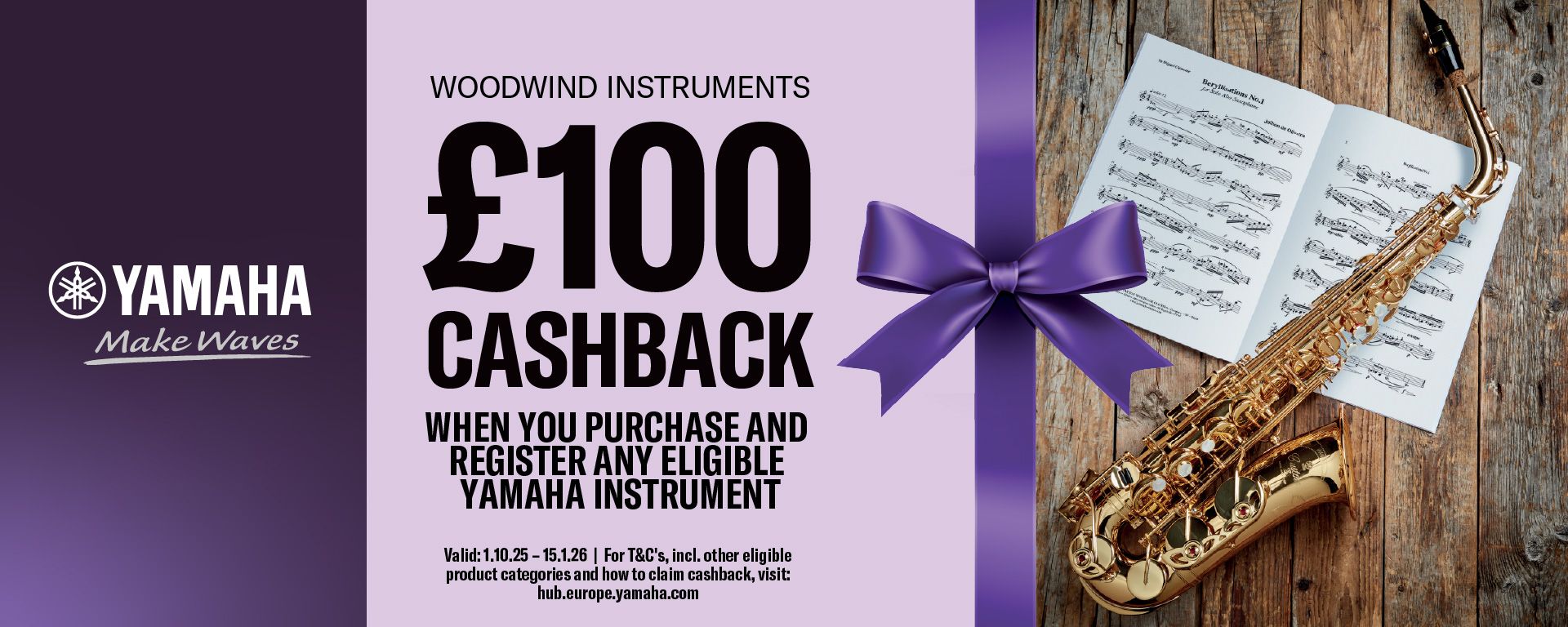Suite from Petrushka for Flute Ensemble
- Staff Pick
Staff Pick
“And why not!”
It may seem adventurous or perhaps even foolhardy to attempt to arrange Petrushka for nine flutes but this an arrangement that really works. It's challenging of course, with all of Stravinsky's rhythmic complexities to deal with and some technical difficulties too. It is also scored for sub-bass and contra-bass flutes which really add weight to the colouring, but the transpositions do also work for alto and bass flutes. This is not ideal but does give more groups the chance to give this a try. The parts all look playable too which is great! If you're feeling adventurous this is a fantastic way to get to know some of this wonderful music. Stravinsky for flutes? And why not!

Pan - Journal of the British Flute Society
Arranging Stravinsky for flute choir is something that is likely to be both popular and challenging in equal measure. Stravinsky’s orchestration is so full of colour and vibrance that it is hard to imagine it having the same impact on a group of flutes, but Juliette Dominski has created a strong arrangement which has much to offer. Scored for piccolo, four C flutes, and one each of alto, bass, contralto and contrabass, the arrangement makes full use of the range of colour the flute choir can offer.
The arrangement has 4 sections, The Shrovetide Fair, Russian Dance, Dance of the Ballerina and The Wet-Nurses Dance. These are taken as extracts from Stravinsky’s full ballet, making the piece more manageable for a flute choir and concentrating on the main thematic material.
The orchestral textures are translated well for flutes, and the solo moments have plenty of character. The opening of The Shrovetide Fair, with its well-known flute lines, is immediately captivating and launches us into Stravinsky’s world with a sense of energy.
Although Stravinsky perhaps has a reputation for being difficult, in this arrangement the individual parts are mostly only modestly challenging, aside from a few rhythmic moments. An advanced level group would be able to sight-read this without much trouble, and an intermediate group would be able to use it as excellent material to develop rhythmic skills.
The score is well presented and clear, with good consideration given to page turns. There is just one minor notational issue which takes some explanation; in the first movement, there are some sections with parts playing in 5, 7 or 8 against the rest of the ensemble who maintain a regular 2/4 or 3/4 pulse. Stravinsky presents these clearly so that the players are aware of the need to play 5 in the time of 4 or 7 in the space of 6, for example. However, in this version those parts are given different time signatures, without any indication of a change in tempo, which causes a good deal of confusion and seems to be an example of how trying to simplify something can in fact make it more difficult to understand. Despite this small point, however, this is an exciting addition to the flute choir repertoire which is worthy of exploration.
Carla Rees
From the Publisher
Colourful ribbons flying in the air, a cheerful crowd, a traditional fair taking place on the village square...These are the pictures that first come to my mind when I think of Petrushka. However, despite the joyful atmosphere, the main character's fate remains terribly sad.
Petrushka, a straw and fabric puppet, has been magically brought to life and thus endowed with real feelings by the Charlatan, his owner.
Yet he remains figuratively a puppet, manipulated by the Charlatan who constantly plays with him and controls his emotions : Petrushka will be rejected by the puppet he's in love with, the Ballerina, he will become jaelous of the Moor, and will finally be killed by his rival.
I've always been fascinated by Stravinsky's masterpiece. Firstly because the storyline, seemingly light and cheerful, deeply questions the human condition. And Stravinsky’s music, with such a complex structure yet inspired by popular songs, with the depth of sound and orchestration colors it provides to the orchestra, perfectly fits this philosophical tale.
The Sub-Bass Flute (Double Contra-Alto or Sub-Contrabass)it’s in G and sounds one octave lower the regular Alto Flute.
The Contrabass Flute (Double Contrabass)
The range is similar to the regular flute, except that it’s pitched two octaves lower. These two instruments are mostly used in the largest of flute choirs.
Performance duration (approx): 12'00
Movements
- The Shrovitede Fair
- Russian Dance
- Dance of the Ballerina
- The Wet-Nurses Dance
Item Details
Our Stock Code: 1485707Instrumentation
- Part 1: Piccolo
- Part 2: Flute
- Part 3: Flute
- Part 4: Flute
- Part 5: Flute
- Part 6: Alto Flute
- Part 7: Bass Flute
- Part 8: Sub-Contrabass Flute in G
- Part 9: Contrabass Flute
Category: Flute Choir Music: 9+ Mixed Flutes
Publisher: Edition Svitzer
Media Type: Paperback - Score and parts (35 pages [score])
Country of Origin: Denmark
HS Code: 49040000

